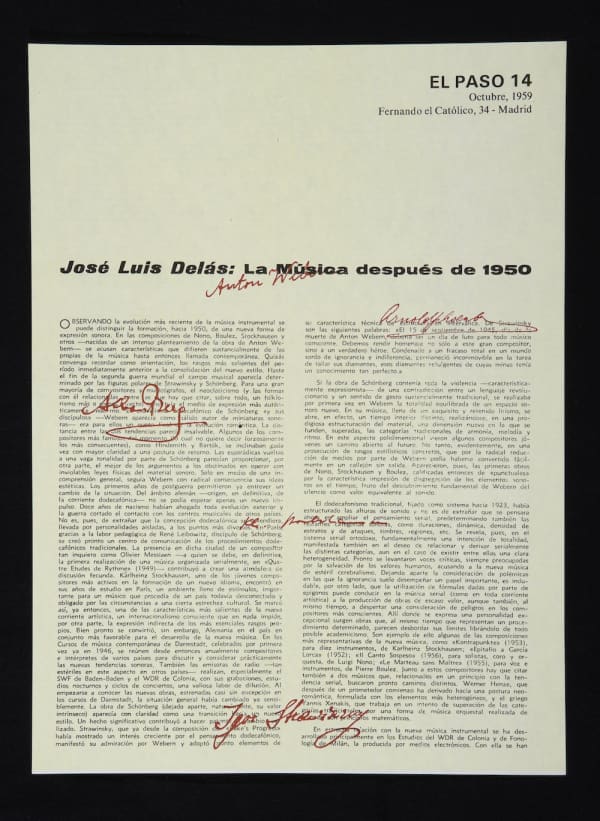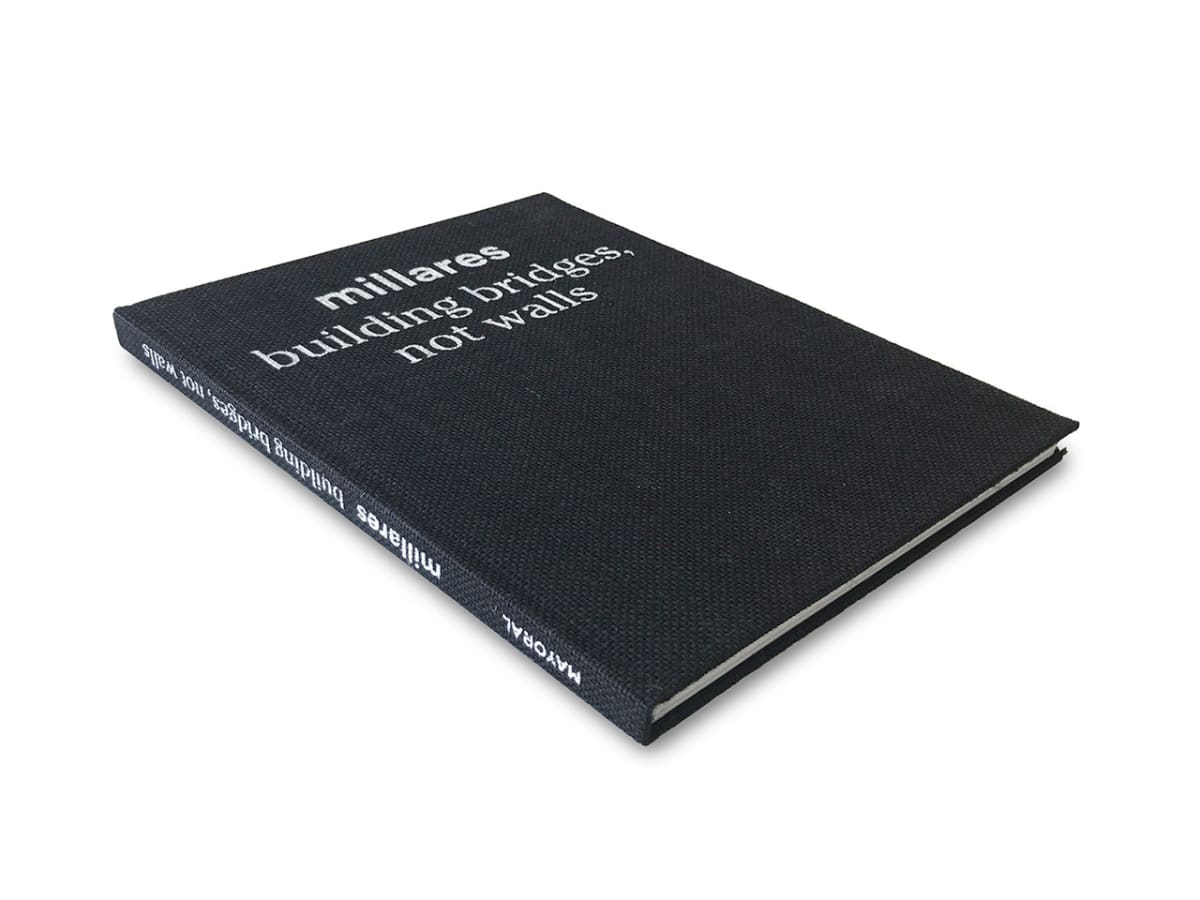Millares. Building Bridges, Not Walls: BARCELONA
Millares’ life was deeply affected by the violence and brutality of the Spanish Civil War and WWII, which deeply influenced the artist. The crudeness of his work entails a reflection about human brutality; it echoes the physical and emotional wounds of postwar Europe.
“His [Millares’s] ferocity at work, the destruction/healing dialectic, are tantamount to a gesture of ‘repair’, in an emotional as well as historical sense’."
The forms in his paintings increasingly expanded into three-dimensionality, leading to the so-called ‘Homúnculos’ series, term borrowed from 16th century alchemical writings meaning ‘artificial human’. This series is defined by impre¬cise anthropomorphic forms, forms in which Millares synthesized his vision of the human body in his own century—a body devastated and dishonoured. For example, the work Homúnculo (1) (1964) is paradigmatic of the definition the artist himself gave of this series: “Homunculus, that shade of human redemption, is one of the most unsettling phenomena of recent art. Its existence is the genesis of the artist’s introversion as if it was the mirror image of a low blow, a slap in the face, an uncomfortable inharmonious warning to those on the outside.”
-

Manolo Millares: Recent Paintings | Excerpt
Manolo Millares talks about this recent paintings, 1960. PUBLISHED IN THE EXHIBITION CATALOGUE "MILLARES. BUILDING BRIDGES, NOT WALLS" November 14, 2018ART TODAY APPROACHES THE DIVIDING LINE with the imposible. The impossible as an incentive for artistic creation always carries in itself a force of the...Read more -

Music After 1950 | José Luis Delás
Text written in "El paso 14" on October 1959 «La Música después de 1950» by José Luis Delás. Published in the exhibition catalogue "Millares. Building Bridges, not walls" May 10, 2017José Luis Delás: Music After 1950 Observing the most recent evolution of instrumental music one can identify the development of a new form of sound...Read more -

A conversation about Manolo Millares with Elvireta Escobio and Alfonso de la Torre | Llucià Homs
Llucià Homs talks with Elvireta Escobio, widow of Manolo Millares, and Alfonso de la Torre May 4, 2017On the AVE train heading to Madrid I reviewed the multitude of notes I have been taking over the last few weeks while reading here...Read more

!["Artefacto para la paz (3)" or "Artefacto al 25", 1964 [sculpture]; "Divertimientos para un público", 1963 [painting]](https://artlogic-res.cloudinary.com/w_800,h_800,c_limit,f_auto,fl_lossy,q_auto/ws-artlogicwebsite1593/usr/images/exhibitions/group_images_override/55/7.jpg)










